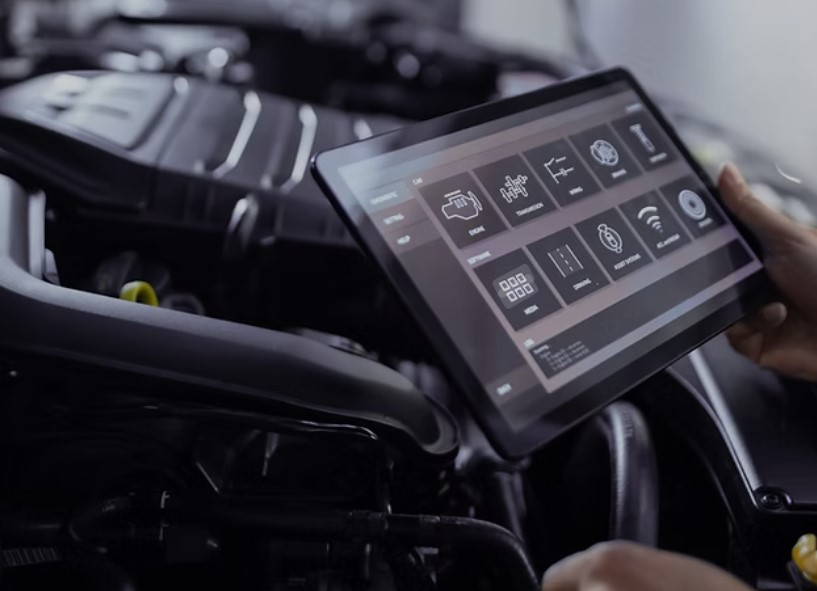Automotive Industry Exhibitions: A Complete Guide
Introduction
The automotive industry is constantly evolving, driven by technological advancements, changing consumer preferences, and government regulations. One of the best ways for companies, professionals, and enthusiasts to stay updated on the latest developments is by attending automotive industry exhibitions.
These exhibitions showcase new vehicle models, concept cars, cutting-edge technologies, auto parts, and industry trends. They serve as a platform for manufacturers, suppliers, investors, and car enthusiasts to network, explore innovations, and discuss the future of the automotive sector.
This article explores the importance of automotive industry exhibitions, the types of events, major global exhibitions, benefits, challenges, and future trends.
1. The Importance of Automotive Industry Exhibitions
Automotive exhibitions are more than just car showcases; they play a crucial role in shaping the industry’s future. Here’s why they matter:
a. Platform for Innovation
• Companies unveil new car models, electric vehicles (EVs), concept cars, and autonomous driving technology.
• Automakers display future mobility solutions, such as hydrogen-powered vehicles and AI-driven transportation systems.
b. Business and Networking Opportunities
• Exhibitions connect manufacturers, suppliers, investors, and customers.
• Companies establish business partnerships and sign deals with global distributors.
c. Market Expansion and Branding
• Automakers use exhibitions to promote their brands and expand into new markets.
• Startups introduce disruptive technologies, such as smart charging stations and AI-powered driving assistance.
d. Consumer Awareness and Feedback
• Consumers get first-hand experience with the latest vehicles and accessories.
• Car manufacturers gather feedback to improve their products.
e. Policy and Industry Discussions
• Experts discuss regulations, sustainability, and industry challenges.
• Governments and automakers collaborate on emission standards and EV adoption policies.
2. Types of Automotive Industry Exhibitions
There are several categories of automotive exhibitions, each catering to different aspects of the industry:
a. International Auto Shows
• Large-scale exhibitions featuring new vehicle launches, concept cars, and futuristic automotive technologies.
• Focuses on consumer vehicles, including sedans, SUVs, sports cars, and EVs.
b. Trade and Supplier Exhibitions
• Target automotive parts manufacturers, suppliers, and aftermarket service providers.
• Displays engine components, tires, batteries, infotainment systems, and autonomous driving technologies.
c. Classic and Vintage Car Shows
• Celebrates the history and evolution of the automobile industry.
• Showcases restored vintage cars, muscle cars, and rare automobile collections.
d. Motorsport and Performance Exhibitions
• Focuses on high-performance vehicles, racing technology, and motorsport innovations.
• Features supercars, Formula 1 cars, rally cars, and tuning accessories.
e. Electric and Future Mobility Shows
• Dedicated to EVs, hydrogen-powered cars, self-driving technology, and sustainable transportation.
• Highlights advancements in battery technology, charging infrastructure, and smart mobility solutions.
3. Major Global Automotive Exhibitions
Here are some of the most important automotive exhibitions worldwide:
a. Geneva International Motor Show (GIMS) – Switzerland
• One of the most prestigious auto shows, known for luxury and performance car debuts.
• Features exotic cars, concept vehicles, and cutting-edge automotive technologies.
b. North American International Auto Show (NAIAS) – USA
• Held in Detroit, the heart of the American auto industry.
• Showcases new models from global automakers, electric vehicles, and autonomous cars.
c. Tokyo Motor Show – Japan
• Focuses on advanced technology, futuristic mobility, and robotics.
• Features AI-driven vehicles, hybrid cars, and Japan’s latest automotive innovations.
d. IAA Mobility (Formerly Frankfurt Motor Show) – Germany
• One of the largest auto shows in Europe, emphasizing EVs, smart mobility, and connected cars.
• Highlights innovations in transportation, from urban mobility solutions to hypercars.
e. Auto China (Beijing and Shanghai Auto Shows) – China
• China’s biggest auto event, highlighting EVs, autonomous vehicles, and new energy cars.
• Major global automakers unveil market-specific models for China.
f. SEMA Show – USA
• A specialty exhibition for automotive parts, accessories, and performance enhancements.
• Attracts car modification enthusiasts and aftermarket industry leaders.
g. CES (Consumer Electronics Show) – USA
• Originally an electronics show, but now a major event for automotive technology and AI-driven mobility.
• Companies unveil autonomous vehicles, smart car systems, and connectivity solutions.
4. Benefits of Attending Automotive Industry Exhibitions
a. For Automakers and Businesses
• Brand Exposure: Showcases new models and technologies to global audiences.
• Networking Opportunities: Connects with suppliers, investors, and industry leaders.
• Market Research: Understands consumer preferences and industry trends.
b. For Consumers and Enthusiasts
• Hands-On Experience: Test-driving and interacting with new vehicles.
• Exclusive Previews: See the latest models before they hit the market.
• Educational Opportunities: Learn about automotive innovations and sustainable mobility.
c. For Investors and Startups
• Discover Emerging Trends: Identifies investment opportunities in new automotive technology.
• Access to Industry Leaders: Connects with key decision-makers in the automotive sector.
5. Challenges of Automotive Industry Exhibitions
a. High Costs for Exhibitors
• Renting exhibition space, transporting vehicles, and event marketing can be expensive.
• Small startups may struggle with budget constraints.
b. Changing Consumer Behavior
• Digital media and online marketing provide alternative ways to showcase new cars.
• Virtual reality (VR) and online auto shows are becoming popular.
c. Environmental Concerns
• Large-scale events consume energy and generate waste.
• The industry must adopt sustainable exhibition practices.
d. Competition Among Events
• With multiple global auto shows, companies must decide which exhibitions to prioritize.
6. Future Trends in Automotive Industry Exhibitions
a. Virtual and Hybrid Auto Shows
• Companies are integrating virtual reality (VR) and augmented reality (AR) into auto shows.
• Hybrid events combine physical exhibitions with digital experiences.
b. Sustainability in Exhibitions
• Auto shows will focus on eco-friendly practices, including solar-powered event spaces and sustainable materials.
• More emphasis on EVs, hydrogen fuel technology, and carbon-neutral vehicles.
c. AI and Smart Mobility Displays
• Increased showcase of autonomous driving, AI-assisted navigation, and smart city integration.
d. Focus on Future Transportation
• Exhibitions will go beyond cars, featuring electric bikes, flying taxis, and hyperloop systems.
e. Greater Consumer Engagement
• Interactive exhibits with personalized digital experiences.
• AI-powered guides to help attendees navigate exhibitions.
Conclusion
Automotive industry exhibitions play a critical role in shaping the future of transportation. These events provide a global platform for automakers, suppliers, and enthusiasts to explore cutting-edge innovations, network with industry leaders, and experience the latest vehicles firsthand.
As the automotive sector moves toward electrification, automation, and smart mobility, exhibitions will continue to evolve with new technologies and digital solutions. Whether you’re a car manufacturer, investor, or enthusiast, attending auto shows is one of the best ways to stay ahead in this dynamic industry. 🚗✨



